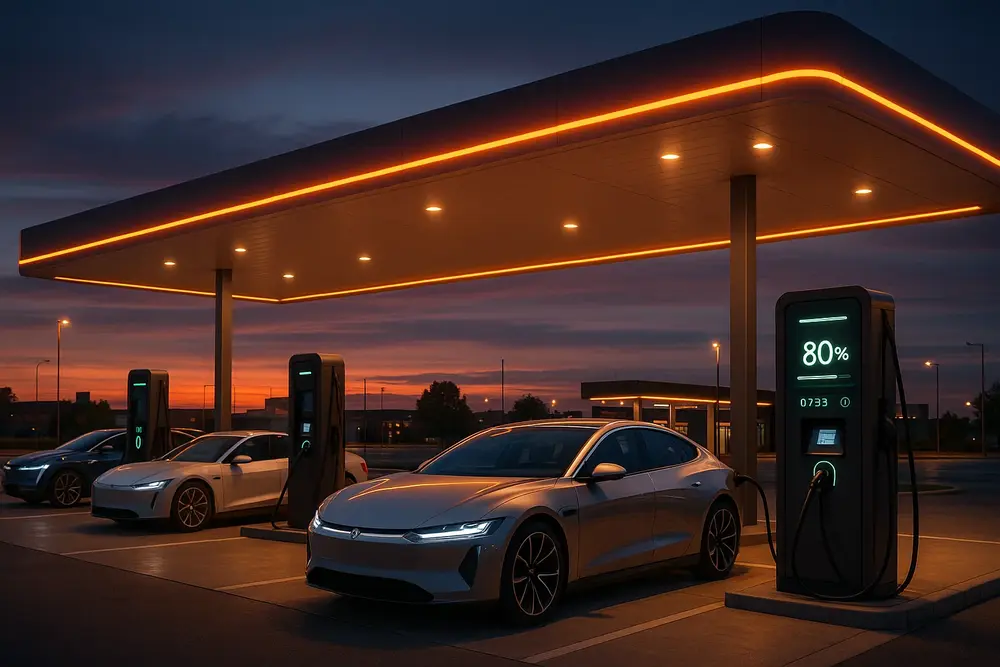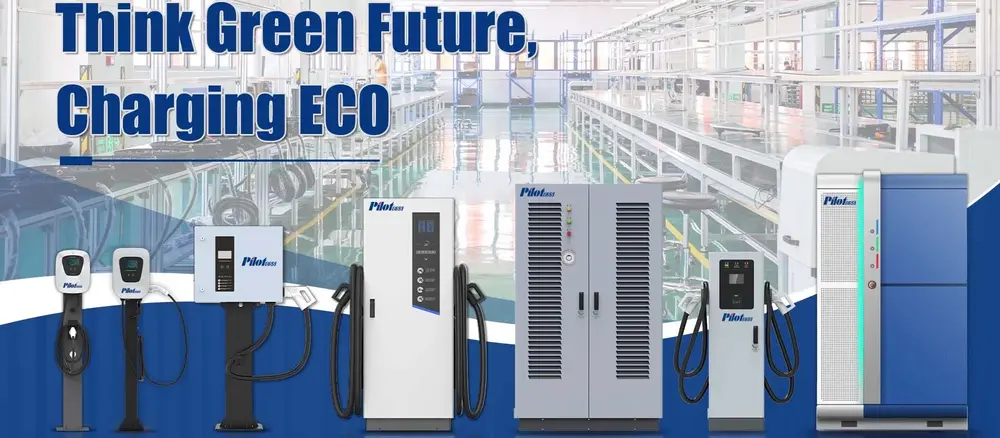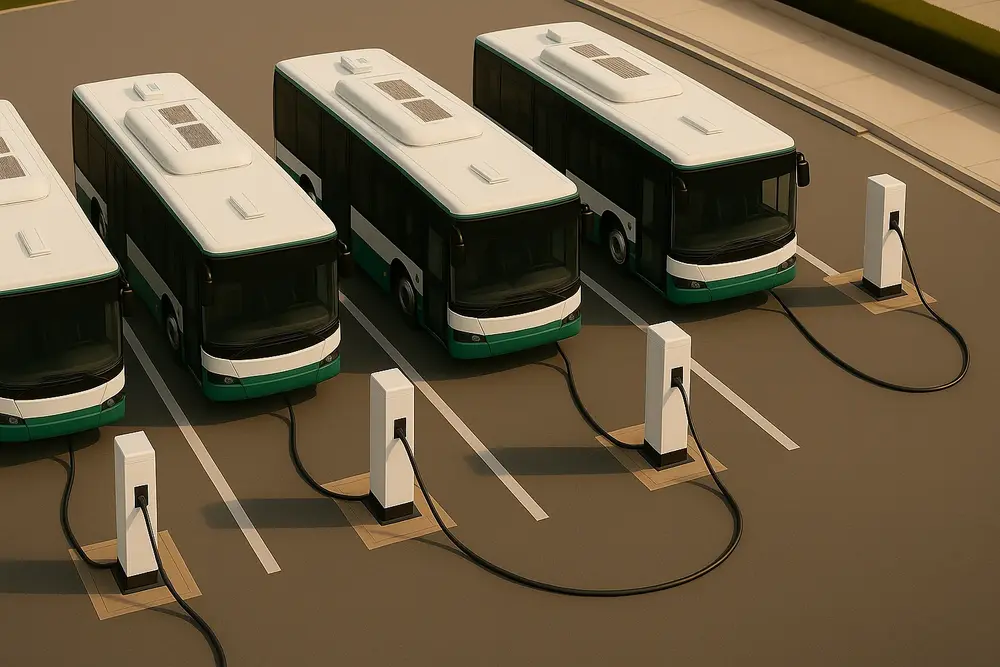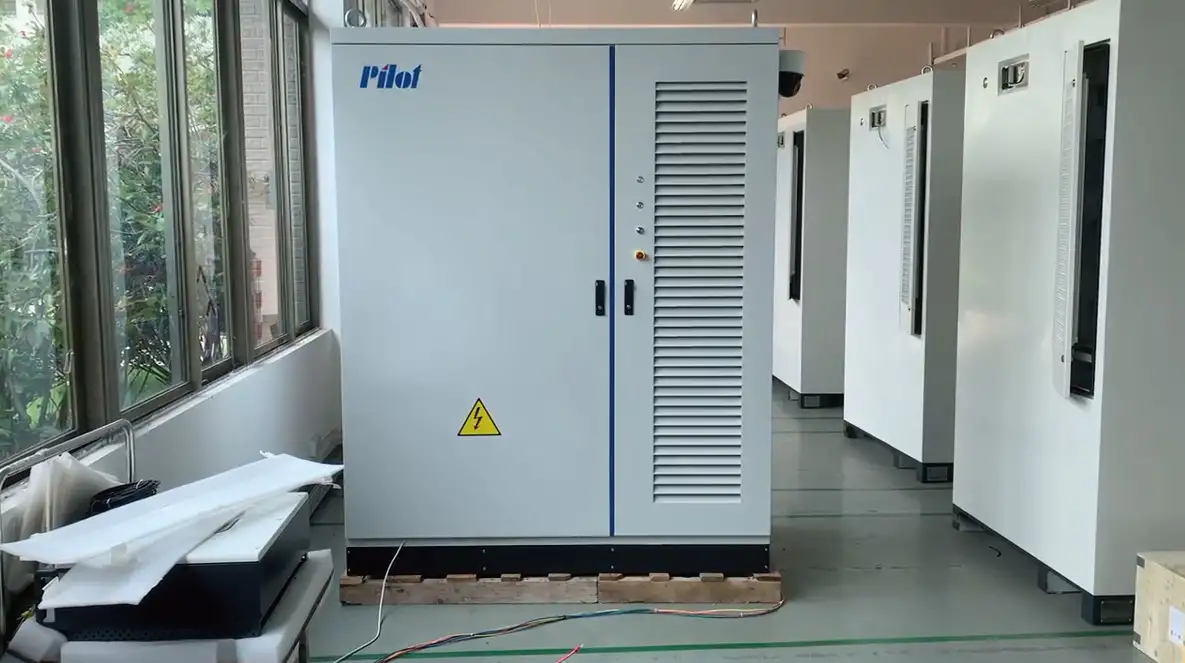
Products
Fast, Reliable, Everywhere

Solutions
Efficient, Innovative EV Charging Solutions.
News
We are committed to the innovation and application of EV charging.
The global electric vehicle (EV) market is experiencing unprecedented growth. This transformation in transportation offers clear environmental benefits, but also brings new challenges for the electric grid—particularly grid congestion during peak demand periods.
This white paper explores how smart charging strategies and the emergence of new market players, such as EV Service Providers (EVSPs), can turn these challenges into opportunities. By integrating demand response programs and encouraging prosumer participation, the energy ecosystem can become more flexible, resilient, and sustainable.

Rapid adoption: EV sales are surging, with global stock expected to reach hundreds of millions by the 2030s.
Localized stress points: While the overall grid may have enough capacity, simultaneous charging in concentrated areas (e.g., residential neighborhoods during evening hours) can cause congestion in local feeders and substations.
Infrastructure lag: Grid reinforcement projects—such as transformer upgrades and substation expansions—often require years of planning and significant capital investment.
Key insight: Without intervention, unmanaged EV charging will exacerbate peak demand, reduce grid reliability, and increase operational costs for utilities.
Smart EV charging involves controlling the timing and rate of electricity delivery to EVs. The goal is to align charging with grid conditions and renewable energy availability.
Time-of-use (TOU) pricing – Incentivizes drivers to charge during off-peak hours.
Dynamic pricing – Adjusts rates in real time based on grid demand and supply.
Managed charging – Utility or EVSP directly modulates charging rates based on grid signals.
Renewable matching – Aligns charging with solar and wind production peaks.
Impact: By shifting EV load away from peak periods, smart charging reduces congestion, minimizes the need for costly infrastructure upgrades, and improves grid efficiency.
EV Service Providers (EVSPs) are emerging as critical intermediaries between EV drivers, utilities, and the broader energy market.
Aggregating EV loads for participation in flexibility markets.
Operating charging networks with uptime and reliability commitments.
Integrating smart charging protocols with grid operators’ systems.
Offering value-added services such as roaming, pricing optimization, and energy data analytics.
Strategic advantage: EVSPs can bundle energy services with charging, positioning themselves as influential stakeholders in both the transportation and power sectors.
EVs are uniquely suited to participate in demand response (DR) programs because:
Charging is flexible—it can be delayed, slowed, or accelerated without affecting most drivers’ needs.
EV batteries are distributed assets, meaning DR programs can reach into homes, workplaces, and fleet depots.
Integration with demand-side management systems allows for near-instantaneous response to grid conditions.
Example DR services:
Peak shaving: Reduce load during high-demand events.
Frequency regulation: Respond to short-term fluctuations in supply-demand balance.
Renewable integration: Charge during high solar/wind production and discharge (via V2G) when needed.
The rise of EVs is turning consumers into prosumers—both producing and consuming energy.
Vehicle-to-Grid (V2G): EVs discharge power back into the grid during peak demand.
Vehicle-to-Home (V2H): EVs power homes during outages or high-price periods.
Paired solar + storage: EVs charge from home solar systems, reducing grid dependency and enabling export of surplus energy.
Benefits for the grid:
Increased flexibility and resilience.
Reduced reliance on peaker plants.
Enhanced integration of variable renewables.
The exponential rise of EV adoption doesn’t have to lead to grid instability. With smart charging, EVSP leadership, demand response integration, and active prosumer participation, EVs can become an asset rather than a burden for the electric grid.
The future of mobility and power lies in coordination, where EVs not only consume energy but also actively support the grid, creating a win-win for drivers, utilities, and society.




